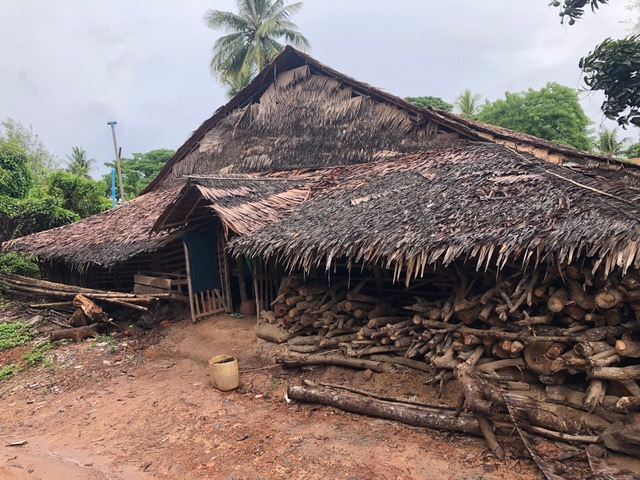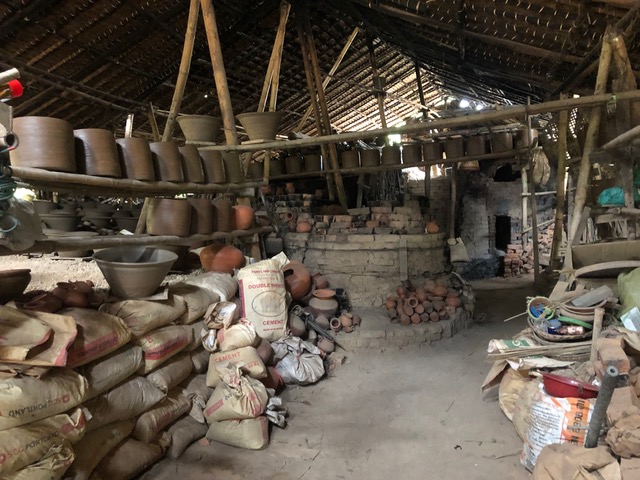Weeks Two & Three
Weeks Two & Three:
These past two weeks have been far less adventurous than my first, but they have been great nonetheless. I returned from my trip to Bagan early on Monday morning and immediately went into the office for a meeting to kick off a busy week of work. I planned to take a trip to Hpa-An the next weekend, so I spent most of my time outside of work trying to relax and catch up on sleep. Instead of venturing far from my hostel, I decided to try as many of the nearby restaurants as possible. This quickly proved to be more adventure than my stomach could handle.
As I was getting up on Friday morning to pack before heading to work, I came down with food poisoning. Fearing I would not be able to make it through the eight hour bus ride without incident, I cancelled my trip to Hpa-An and decided to spend the weekend trying to recover. Then, I spent this past week trying to regain my strength until picking my mom up from the airport on Thursday night. This weekend we went to a pottery village on the outskirts of Yangon and returned to Shwedagon Pagoda.
My Internship:
My first three weeks definitely proved to be a learning experience in research. I never thought I would say this, but I truly miss Lexis and Westlaw. The first project I was given involved summarizing Sustainable Development Goal, providing context for how it applies to the Mekong region, and describe how it is to be implemented and monitored. Most of the information I needed was buried in various UN Reports and was often hard to find. However, this forced me to be more resourceful, and I was able to successfully finish the project. The report I produced has been posted on their website at Sustainable Development Goal 16 Project.
Looking forward, I will be focusing on special economic zones in the Mekong region. I’ve started by doing a complete survey of the special economic zone, tax, and investment laws in Myanmar. Luckily most of them appear to be in English and are all conveniently located on a government website which has made the process much easier. Following my focus on Myanmar, I will turn to China and the Association of Southeast Asian Nations (ASEAN).
Observations About Life in Myanmar:
During these past few weeks, life in Yangon has definitely begun to grow on me. While there are aspects that are definitely hard to get used to (namely the extraordinary heat and humidity), the culture here is incredible. People are incredibly welcoming and always willing to lend a helping hand. Many locals will strike up conversations simply to practice their English instead of trying to sell something or beg for money.
I’m beginning to learn how to live without many of the daily comforts that I often take for granted in the States. The wifi here is often quite slow and ceases to work for long periods of time throughout the day, and the power goes out several times per day. Even though the power quickly returns via the large generators attached to most buildings, it tends to exacerbate the wifi issues. Consistent air conditioning is also a luxury here, and hallways, lobbies, and elevators are virtually never air conditioned. Finally, monsoon season has begun, and I’ve found that staying dry is virtually impossible.
Trip to the Pottery Village:
On Sunday morning, my mom and I ventured across the river to do a tour of a local pottery village. It was a truly eye-opening experience of what life is like outside the city. Most of the buildings in the village were made of bamboo and had no electricity or running water. Each of the pottery shops were family operated businesses that had been passed down for generations. They each specialized in different types of products from small offering cups for temples to large garden pots. It was amazing how fast and accurately they could spin a pot by hand. Some shops produced hundreds of pots per day, each of which looked exactly identical.

(Above is the view from the street of the first workshop we visited)

(Above is the view from inside the first workshop we visited)
The first shop we went to produced several different types of pots, but mostly large jugs for water and large garden pots. The clay they use usually comes from the river and goes through a labor intensive mixing process before it can be spun. Once spun, the pots go on various makeshift shelves throughout the shop to dry for several days to a week before they are fired. The firing process occurs in large brick kilns located at the back of the shop. They are heated by a wood fire which must be constantly stoked throughout the whole ten hour heating process. Finally, the kilns cool for about three days before the pots can be removed, painted, and shipped into Yangon to be sold.
The other shops in the village operated in largely the same manner, but they were in the process of spinning the pottery while we were there, which was fascinating to watch. Luckily, I was able to take a video and upload it to YouTube: https://youtu.be/P5unSfw-q0k.